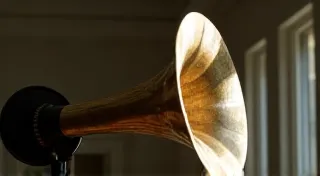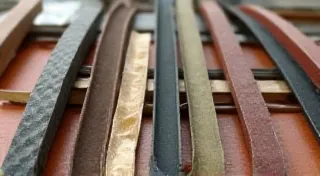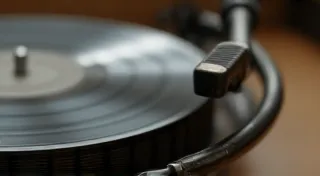Common Problems with Gramophone Speed and How to Fix Them
One of the most frustrating experiences for antique phonograph enthusiasts is encountering speed issues. A gramophone playing too fast or too slow can significantly distort the music, making enjoyment a challenge. Fortunately, most speed problems are relatively straightforward to diagnose and correct. This guide will explore common culprits and offer practical solutions for restoring proper speed in your vintage gramophone.
Understanding Gramophone Speed
Early phonographs, particularly those known as gramophones, often ran at speeds of around 78, 80, or 100 revolutions per minute (RPM). Accurate speed is crucial for faithful reproduction of the original recordings. Variations can alter the pitch and timbre of the music.
Common Speed Issues & Their Causes
Let's break down the most frequently encountered problems:
1. Governor Malfunction
The governor is the primary speed control mechanism in most gramophones. It’s a centrifugal governor, meaning it responds to the motor’s speed. As the motor spins faster, the governor arms fly outward, applying pressure to a mechanism that slows the motor. If the governor isn't working correctly, speed will be erratic.
Symptoms: Speed fluctuates wildly; the phonograph might speed up and slow down during a single track. The governor arms may be stuck, bent, or overly loose.
Fixes:
- Clean the Governor Mechanism: Dust and grime can impede the governor's movement. Carefully clean the entire mechanism using a soft brush and a solvent like isopropyl alcohol (ensure it doesn’t damage any surrounding finishes).
- Adjust Governor Tension: Many governors have adjustment screws. Consult your phonograph's service manual (if available) for specific instructions. Generally, tightening the screws will slow the speed, while loosening them will increase it. Small adjustments are key!
- Repair or Replace Bent Arms: If the governor arms are bent, they may not operate properly. Carefully try to bend them back to their original shape (if possible). If they are severely damaged, replacement arms are often available from phonograph parts suppliers.
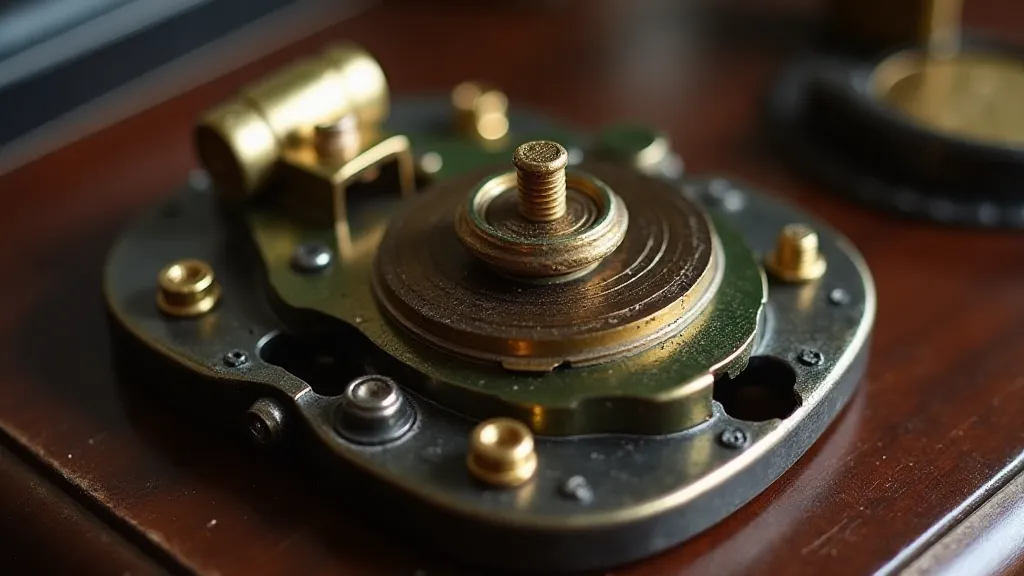
2. Drive Belt Issues
The drive belt connects the motor to the turntable (or driving pulley). If the belt is old, stretched, cracked, or improperly tensioned, it can cause speed variations. This is particularly common in models using rubber belts.
Symptoms: A constant, slight speed difference from the correct RPM. The belt may appear visibly worn or cracked. Slipping or unusual noises during playback.
Fixes:
- Inspect the Belt: Carefully examine the belt for cracks, wear, or stretching.
- Replace the Belt: A simple and effective solution is to replace the belt with a new one. Ensure you get the correct size and type for your specific phonograph model.
- Proper Belt Tension: Ensure the belt is properly tensioned. It shouldn’t be too loose (causing slippage) or too tight (putting undue stress on the motor and pulleys).
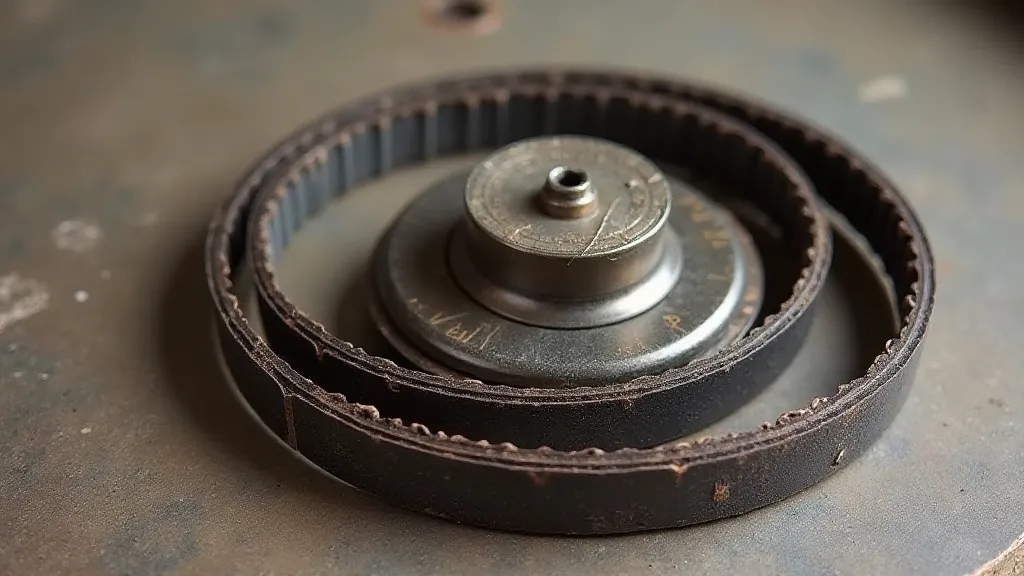
3. Motor Problems
While less common than governor or belt issues, problems within the motor itself can also affect speed. Worn bearings or electrical faults can cause speed fluctuations.
Symptoms: Speed instability, unusual motor noises (grinding, squealing), motor overheating.
Fixes:
- Lubricate Motor Bearings: If the motor bearings are dry, lubricating them with a suitable phonograph oil can sometimes improve speed and reduce noise.
- Professional Motor Repair: More complex motor problems often require the expertise of a qualified phonograph repair technician.
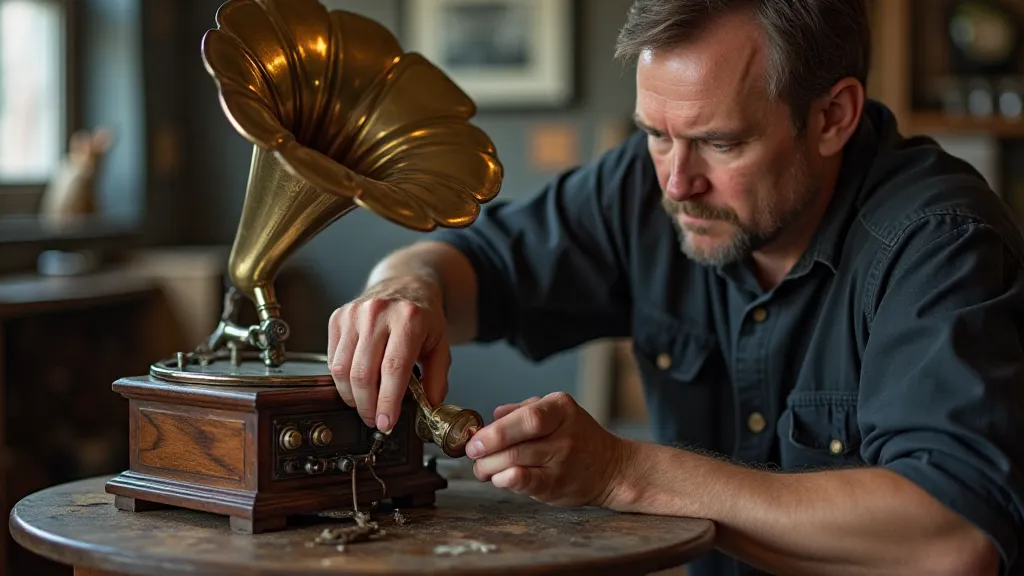
Restoring Accurate Speed – A Step-by-Step Approach
- Identify the Problem: Carefully observe the phonograph’s behavior during playback.
- Start with the Easy Fixes: Clean and lubricate components first.
- Inspect and Replace the Belt: This is often a straightforward and worthwhile step.
- Adjust the Governor: Make small, incremental adjustments and test the speed frequently.
- Seek Professional Help: If the problem persists, consult a qualified phonograph repair technician.
Restoring accurate speed is a rewarding part of preserving antique phonographs. By understanding the common causes of speed issues and employing the appropriate solutions, you can enjoy the rich and authentic sound of your vintage recordings.

